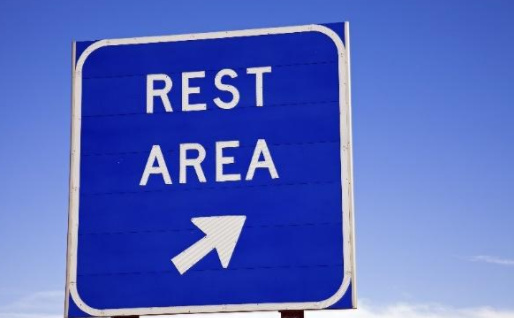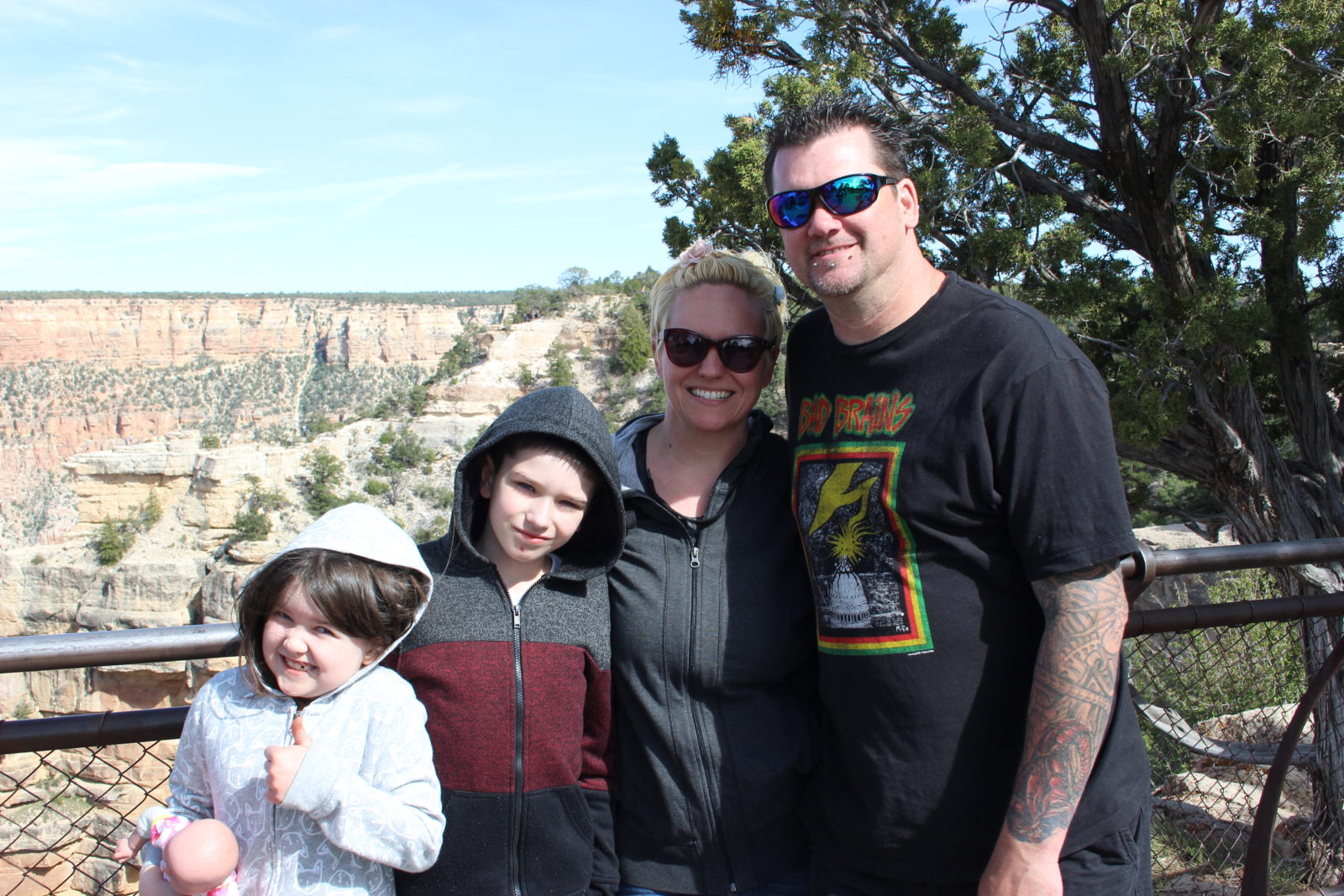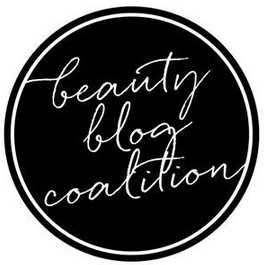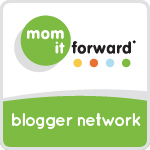I am being compensated by Astellas Pharma US, Inc. for this post; however, the opinions expressed here are my own.
There are so many realizations that came to light for me after turning 40. When I hit 40, I knew that I was no longer going to live my life for everyone else. I started to take the time I needed to keep myself healthy inside and out. I put fitness first and my work second, a much needed shift. Since then, I noticed that I feel happier, more energetic, and look better in my clothes than ever before. I don’t feel guilty saying that either! I’ve also noticed that I have double the amount of gray hair that I had two years ago, and that I have to pee every hour on the dot, LOL! It’s not all sunshine and roses after 40 but hey…I’m living life to the fullest.
I know I’m not the only woman over 40 that experiences the symptoms of overactive bladder (OAB). When you have OAB, your brain tells your bladder it’s time to pee before it’s full. This can also happen when your bladder muscle is too active. Either way, your bladder muscle contracts too early, causing the bladder to empty before it should.(1) This can cause symptoms of OAB, such as urgency, frequency and leakage.(2)
My guess is that someone reading this right now has had to pee 8 or more times in a day. I definitely know what that’s like. OAB symptoms can be different for each person but an urgency to pee and frequently having to go is at the forefront.(2) For me, I have learned that I always have to make a pit stop at the bathroom before I leave the house each day. That helps me minimize the urge to pee while driving, as that can get annoying.
The upside to OAB is that I can always tell you where the bathrooms are at any location because it’s something I need to know! The most vivid memory I have is being at the Grand Canyon and having the urge to pee (literally) the whole time we were there. It’s the only thing I would change about the trip.
 The unfortunate thing with OAB is that many women just cope with symptoms and never talk to a healthcare professional about it.(3) I think we are so used to dealing with the frequent urge to pee and/or leakage that we think that it just can’t be managed. StopStalling.com provides useful information and resources to help us understand OAB.
The unfortunate thing with OAB is that many women just cope with symptoms and never talk to a healthcare professional about it.(3) I think we are so used to dealing with the frequent urge to pee and/or leakage that we think that it just can’t be managed. StopStalling.com provides useful information and resources to help us understand OAB.
The “Peehavior” survey of 2,854 women conducted by Astellas tells us that almost half of women surveyed had used the men’s bathroom because the line for the women’s bathroom was too long.(4) Yep, definitely been there. 60% of women surveyed think about their bladder health not very often or not at all.(4) Women age 55+ are more likely to not confide in anyone when it comes to frequently visiting the bathroom to pee.(4) Wow! I think it’s high time we got involved and started thinking about our bladder health.
Are you ready to take care of YOU, take note of your bladder health, and talk with your doctor about OAB? Be sure to visit StopStalling.com to take their quiz for help in recognizing symptoms of OAB. Your life does not have to revolve around the symptoms of OAB. Don’t take life sitting down!
References:
- Sadananda P, Drake MJ, Paton JFR, Pickering AE. A functional analysis of the influence of β3-adrenoceptors on the rat micturition cycle. J Pharmacol Exp Ther 2013;347(2):506-15.
- Gormley EA, Lightner DJ, Burgio KL, et al. Diagnosis and treatment of overactive bladder (non-neurogenic) in adults: AUA/SUFU guideline. American Urological Association Education and Research, Inc. 2014.
- Filipetto FA., Fulda KG, Holthusen AE, McKeithen TM, McFadden P. The patient perspective on overactive bladder: a mixed-methods needs assessment. BMC Family Practice 2014;15:96-101.
- Astellas and Ipsos Public Affairs. Data on File.
I am being compensated by Astellas Pharma US, Inc. for this post; however, the opinions expressed here are my own.










